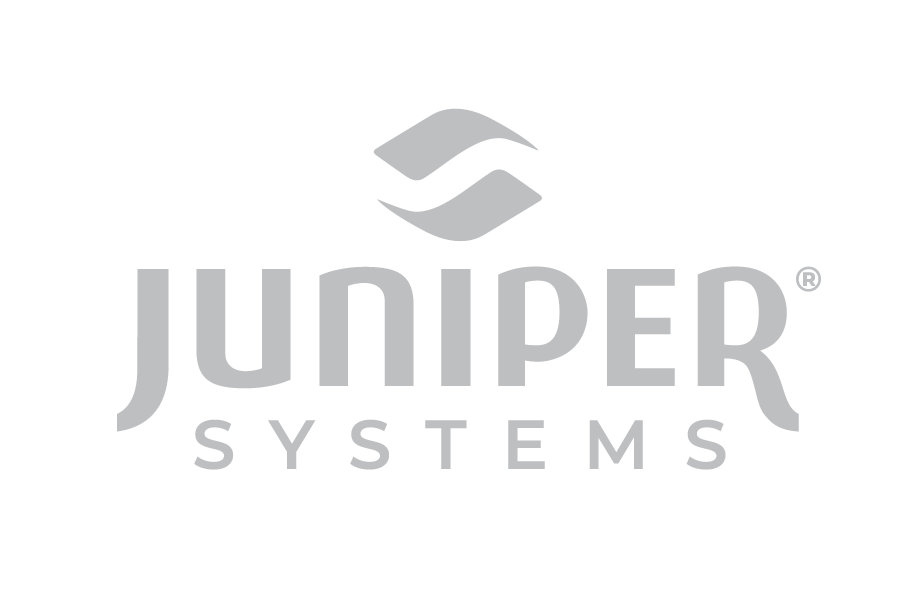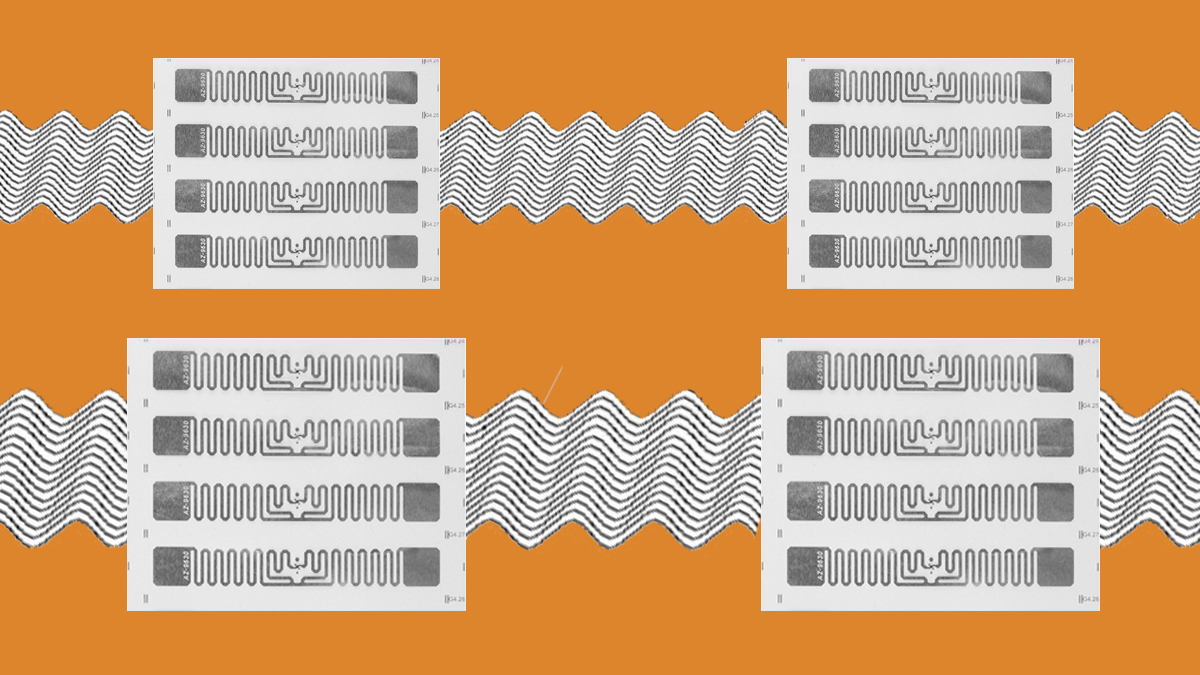
Wireless technology is changing the way companies manage and track assets and inserting itself into the fast-moving internet of things movement – but it can sometimes seem finicky.
RFID, short for radio-frequency identification, uses electromagnetic frequencies to communicate between RFID readers and RFID tags. RFID readers, like the optional UHF RFID reader inside the Mesa 2 Rugged Tablet, transmit signals to read and write data on RFID tags. There are both active and passive tags. Active tags utilize batteries to boost their power output.
UHF, or ultra-high frequency, RFID is the fastest growing segment of the growing RFID market. It’s quickly surpassing LF, low frequency, and HF, high frequency, RFID as the go-to asset management and tracking technology. RFID technology is relatively old. It has seen mainstream use in manufacturing, automatic toll systems, and more for decades. However, the emergence of advanced RFID readers and low-cost RFID tags, which come in hundreds of shapes and sizes for any application, mean the RFID industry is booming.
[ilink url=”http://blog.junipersys.com/scanning-barcodes-on-rugged-mobile-computers-and-tablets/”]Scanning barcodes on rugged mobile computers, tablets[/ilink]
Here are four things you should know about UHF RFID.
1. RFID reader position matters
RFID readers send out ultra-high frequency directional waves to talk with RFID tags. The tags, which are also directional, require properly oriented scanners to fully function. While RFID readers can be circular and multi-directional, a full-performance read cannot take place unless the device and tag are aligned.
We recommend deciding early on whether you plan to use your RFID reader vertically or horizontally. Once you have decided, it is crucial you maintain a consistent reader orientation or your read distance will drop significantly. An RFID system can read tags from up to 20 feet. Turn your device 90 degrees and the read distance could drop to just a few inches.
The orientation of your device could determine how you orient your RFID tags and vice versa.
2. RFID tag position matters
Both passive and active RFID tags are directional. RFID tag manufacturers should provide placement directions to optimize each tag. Like with your RFID reader, you should decide early on what orientation best fits your application. Maintaining RFID tag and RFID reader orientation will ensure you get a proper reading each time.
A disoriented tag will drop the read range from feet to inches.
3. There is a big difference between on-metal and off-metal RFID tags
The applications for RFID are nearly endless, but RFID surface placement falls into two categories: on-metal and off-metal.
Metal causes conventional RFID tags’ performance to suffer. Metal detunes and reflects RFID signals. On-metal tags combat the interference and use the metal surface to amplify tag performance. However, on-metal tags on other surfaces perform poorly. The same is true for off-metal tags on metal surfaces.
Misusing surface-specific tags can cause read range to drop from 20 feet to inches or the RFID reader could miss reading the tag entirely.
4. On-site testing is crucial
Environmental conditions, change the performance of an RFID system. After you have consulted with a representative from an RFID manufacturer about which tag is best for your application, you should decide which tag and reader orientation work best, too. Identify and create the RFID systems’ environmental conditions and test your system performance to optimize your work.
This process can be lengthy. It may require that you find new RFID tags or change the reader or tag orientation. However, it will make a huge difference in your long-term system performance. On-site testing should increase read range and read success rates

The customizable Mesa 2 Rugged Tablet can include an integrated UHF RFID reader. The two options are UHF RFID and extended range UHF RFID. Both options include an internal reader and antenna and can read and write to GEN 2 UHF RFID tags.
To learn more about the Mesa 2 and its optional UHF RFID reader, contact us here. Or, visit our website.

